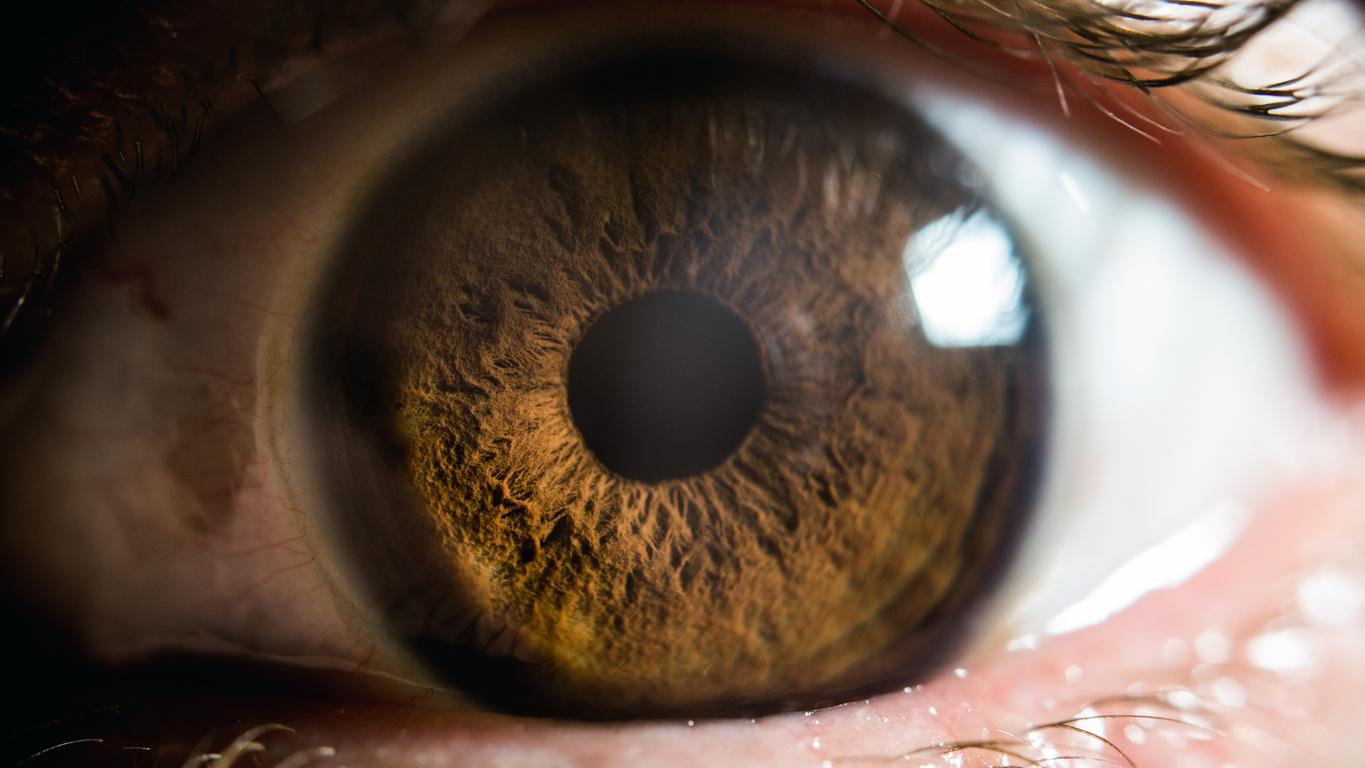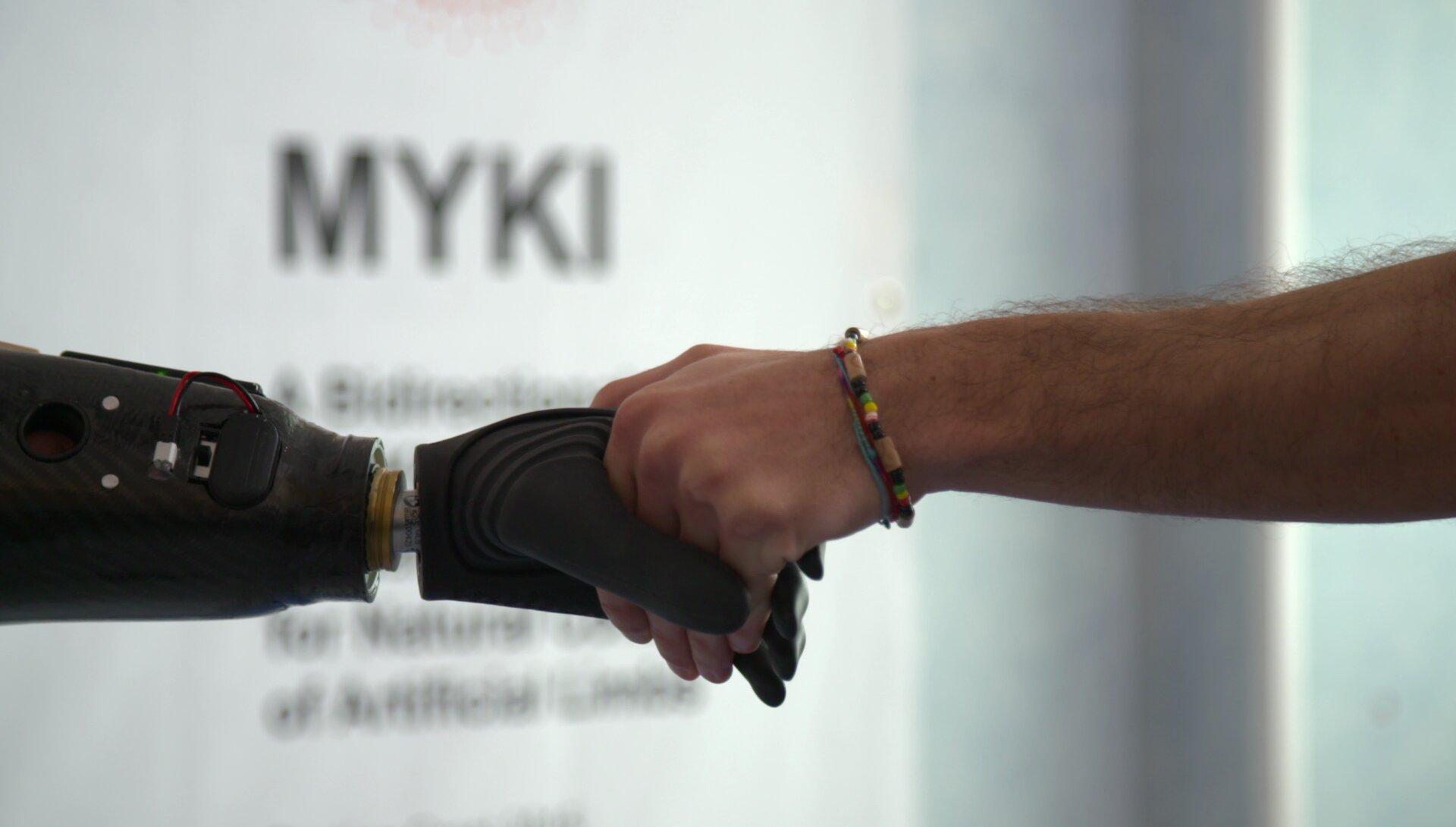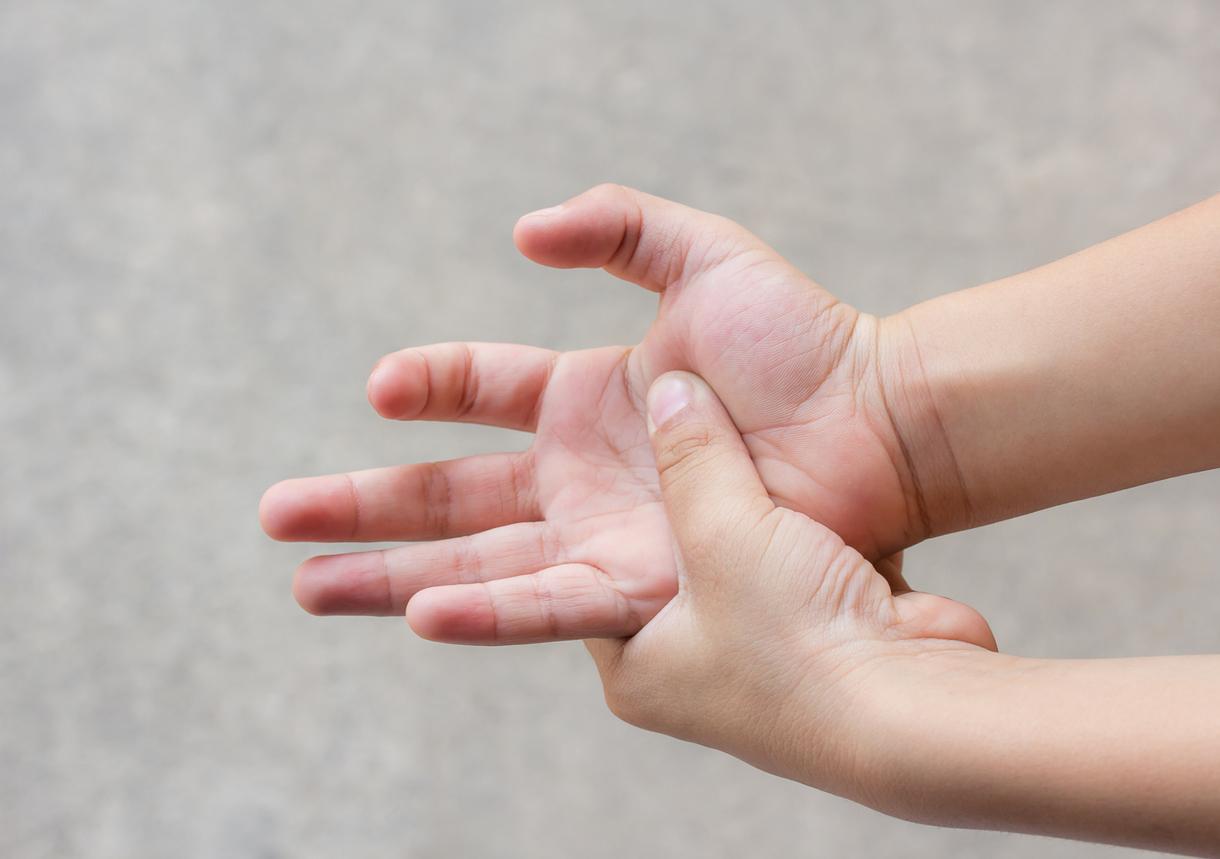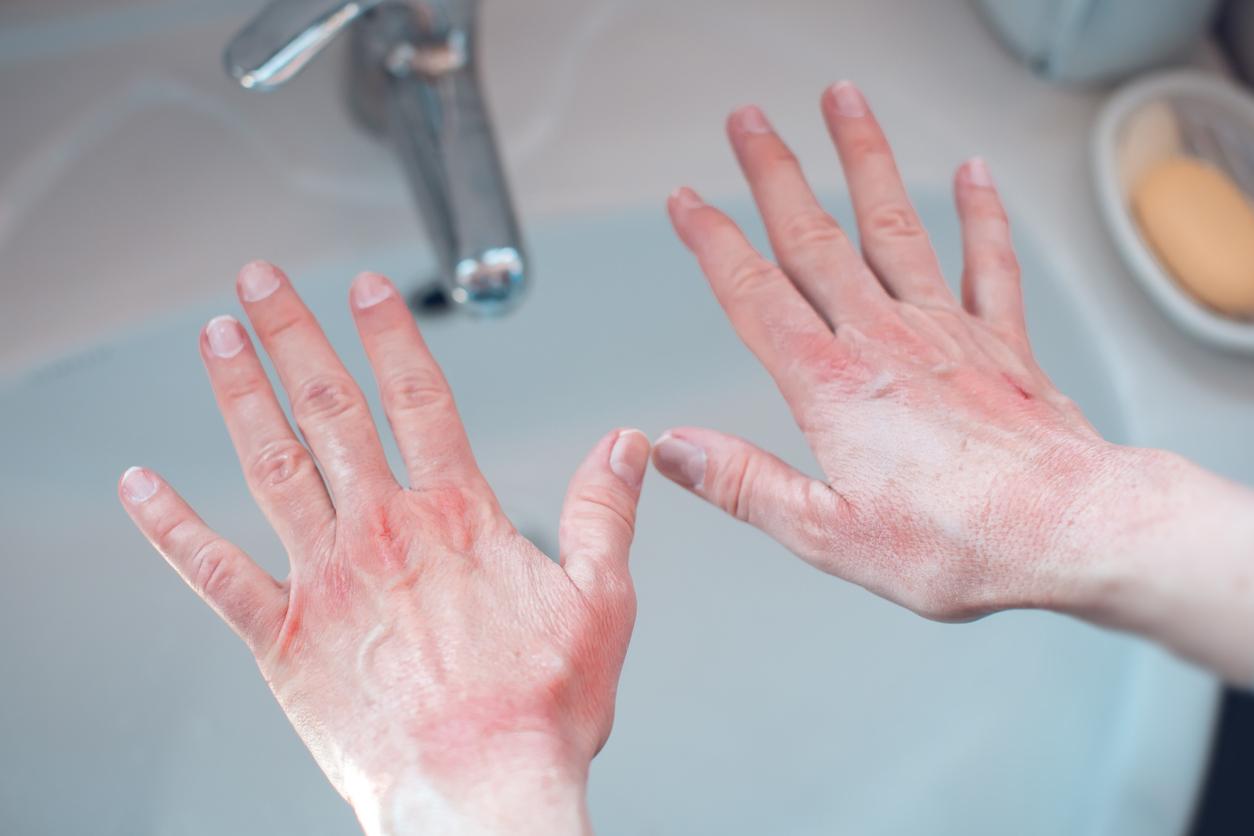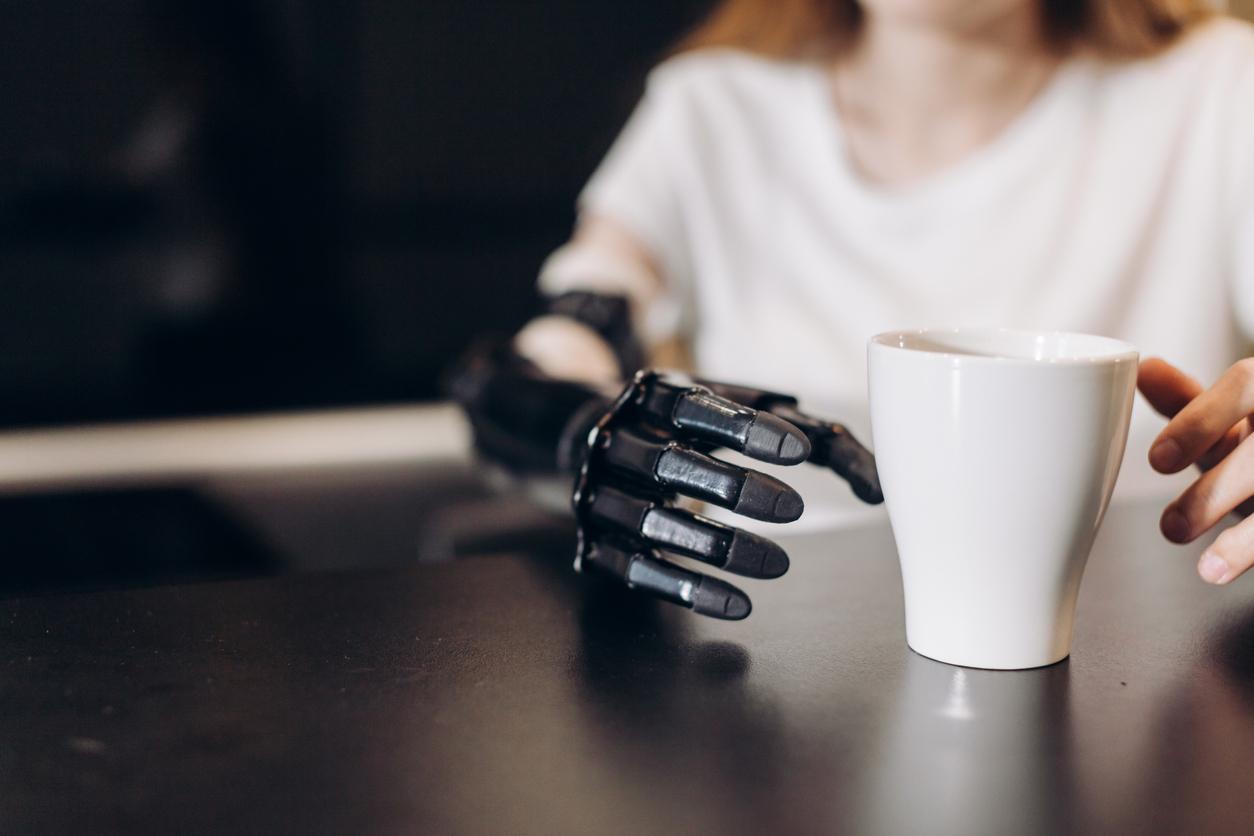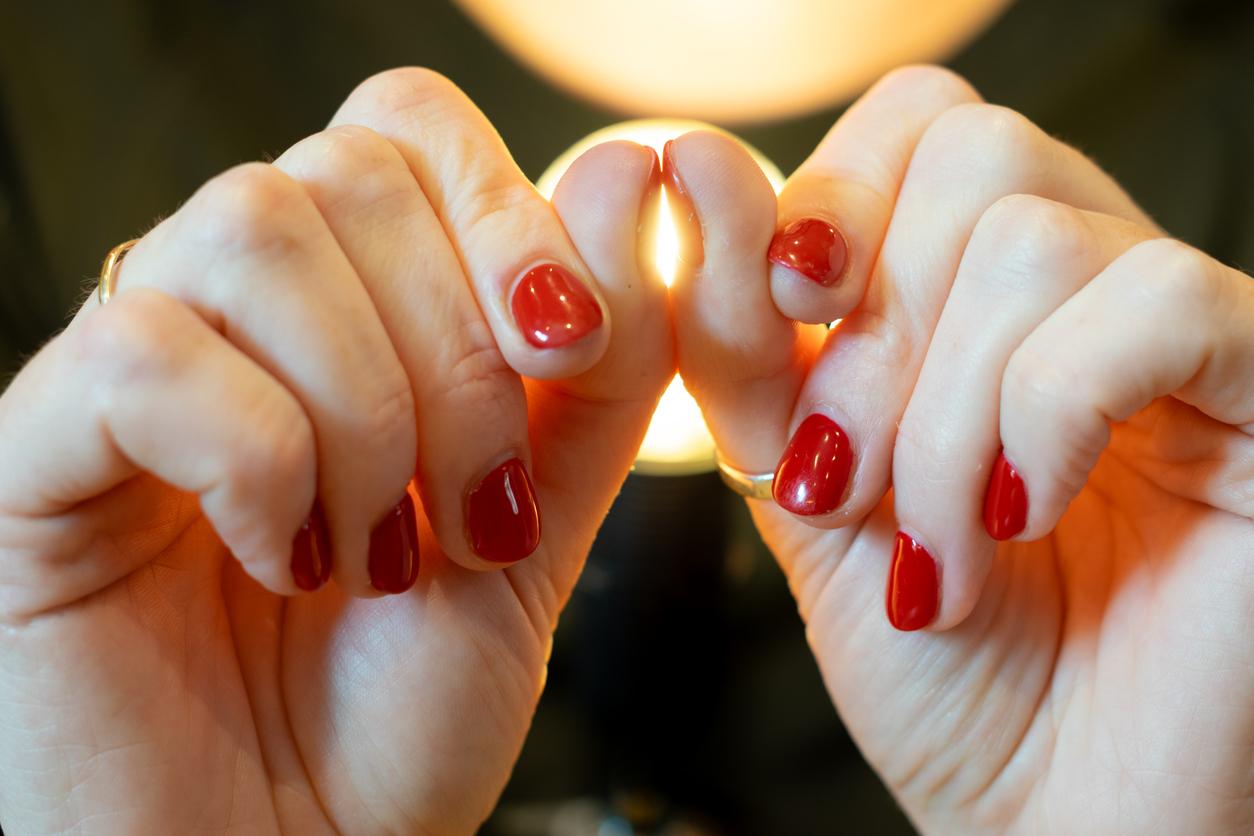Electrodes, placed near the spinal cord, allowed around forty quadriplegic people to move their hands or arms.
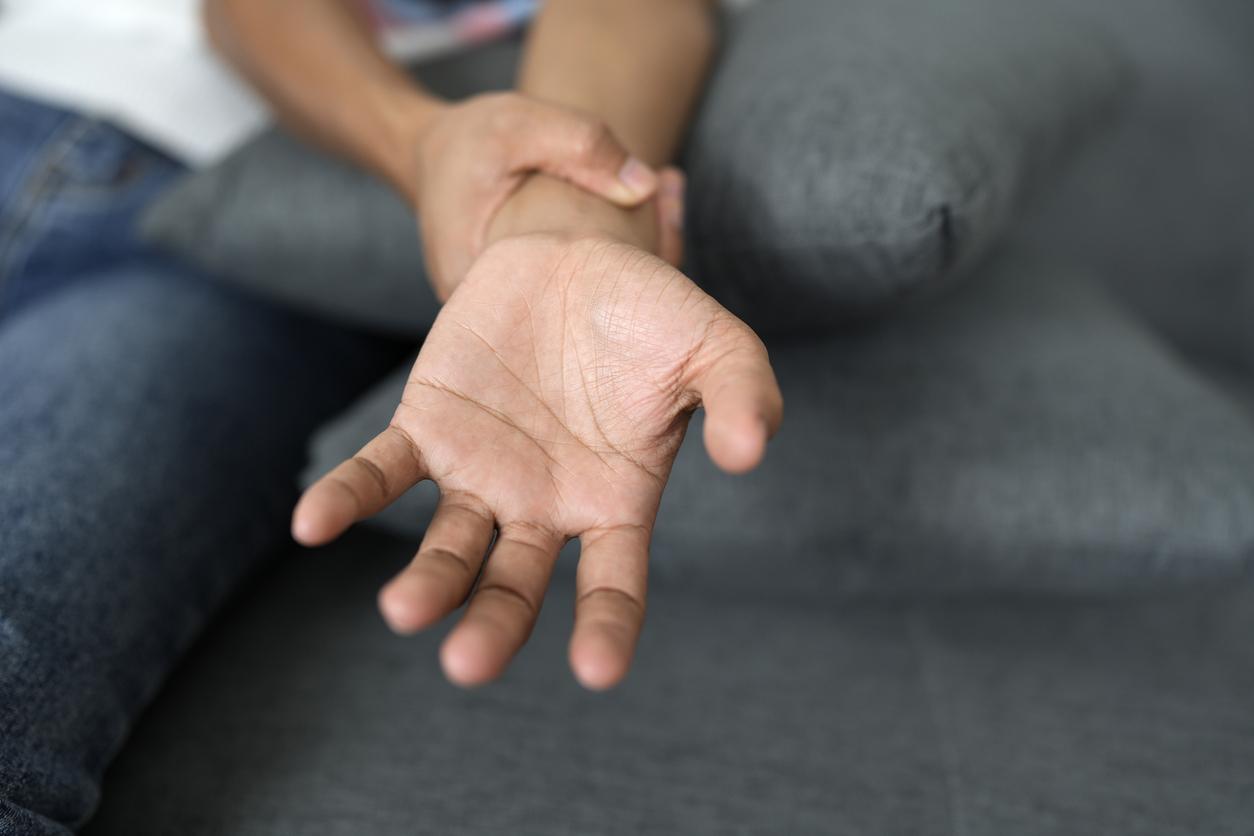
- Quadriplegic patients have regained the use of their hands or arms thanks to an innovative technique.
- Electrodes, placed near the area affected by spinal cord lesions, send electrical stimulations.
- The technique could be authorized in Europe as early as next year.
The future of quadriplegic people could change thanks to neuroscience. Swiss researchers have used a promising technique to get people with quadriplegia able to move their hands and arms again. The results of their trial are published in the journal Nature. Thanks to electrodes placed on the skin of the neck, patients regained mobility in their hands and arms.
Quadriplegia: electrical stimulations sent to the spinal cord
Quadriplegia is a motor disability, resulting from a fall or accident. Damage to the spinal cord leads to paralysis of some limbs. In their work, these researchers from the Federal Polytechnic School of Lausanne placed the electrodes near the areas affected by these spinal cord lesions. To do this, they install a box on the skin, only during the sessions. Then, electrical stimulations are sent to reach the spinal cord.
Electrodes and quadriplegia: results superior to researchers’ expectations
Called ARC-EX, this therapeutic method was tested with 65 participants in rehabilitation centers located in North America and Europe. For two months, they followed rehabilitation sessions “classics” and one-hour therapy sessions using electrodes.
At the end of the trial, 90% of them noticed an improvement in their symptoms: either in their strength, or in their ability to perform a precise movement. “The study met all primary endpoints for safety and effectiveness, and ARC-EX therapy demonstrated significant improvements in upper extremity strength, function, and sensation in people with chronic quadriplegia.”, conclude the authors. Initially, the researchers hoped to obtain a 50% response rate to therapy, the results exceeded this expectation: 72% of participants were considered responders to therapy, according to the criteria defined by the authors.
Better strength and more precision of movements
“After just two months, more than half of the participants had average improvements in grip strength, greater than that required to lift filled cups, and in pinch strength, equivalent to that required to pick up an object with a hand. fork or insert a key, underlines Chet Moritz, main author of this publication and professor of electrical engineering and rehabilitation medicine at the University of Washington, in a communicated. This indicates not only improved strength and function, but also the potential for greater independence through ARC-EX therapy.” For the authors, this is the main issue: restoring independence to quadriplegic people in carrying out daily tasks and thus improving their quality of life.
Paralysis: a technique marketed in Europe next year?
HAS France Information, one of the participants recounted how this therapy allowed her to regain autonomy. Melanie Reid, a Scottish journalist who has been paralyzed in her left hand since a horse riding accident, explains: “I didn’t think I would ever progress again, and now I can use my left hand again, as if my muscle memory was waking up.” She can now scroll on her phone, grab objects and even fasten her seat belt in the car. The authors of this study hope to be able to market this device at the end of the year in the United States, and next year in Europe. They would like the technique to be covered by Health Insurance. According to France Informationthe ARC-EX device costs between 10,000 and 30,000 euros.





